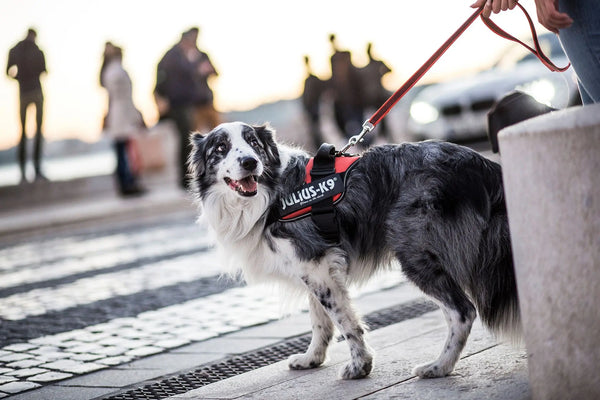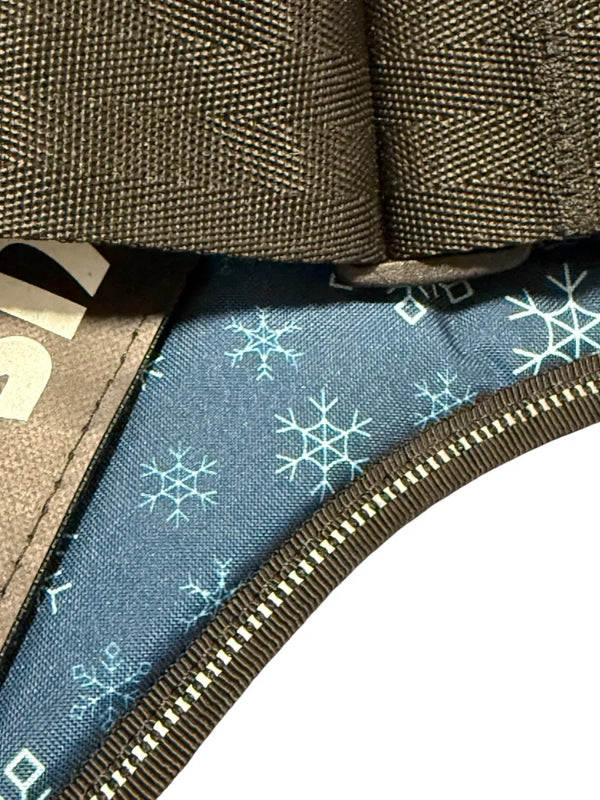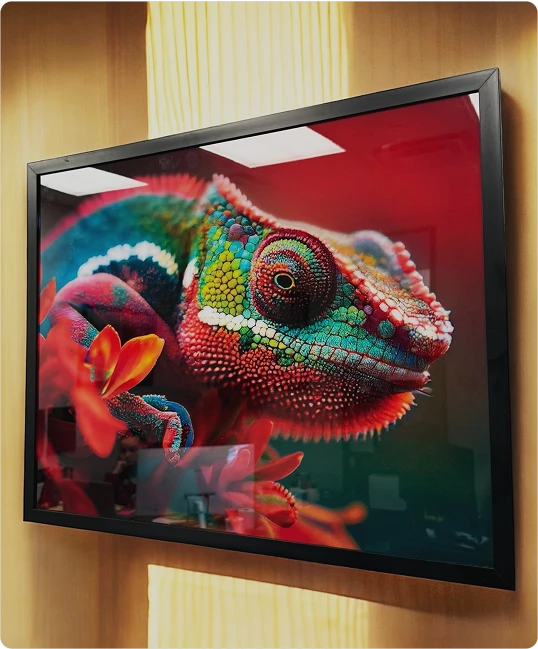
Training Tips For Leash Aggression
If you’re an owner whose furry friend is a well-behaved lovebug off the leash but turns into a snarling devil while their leash is on, you’re not alone. Leash-aggressive or leash-reactive dogs are more common than people think. This common behavior of lunging and barking at other dogs while on a leash is often attributed to a few factors, such as fear of other dogs, restraint stress, tethered frustration, or prior negative experiences of socialization.
If you recognize that this behavior is something you need to address urgently, there are a few steps you can take to help your dog feel better when on a leash. Without further ado, here are some training tips for leash aggression.
Manage Your Dog’s Environment
To discourage dominant behaviors, a dog owner must learn to better control the environment or situation that they typically place their dog into. Leash aggression can stem from poor socialization habits or an overabundance of freedom. Hence, the trick to correct this behavior is to implement proper socialization practices while maintaining a firmer grasp on their independence.
While on walks, train your dog to look at you no matter where they are or what distractions exist around them. Practice getting their attention in low-distinction environments and work your way up to areas of stimuli where more canines are present. Keep all dogs at a distance initially for everyone’s safety until your dog is able to approach them in a calm, direct manner.
Offer Positive Reinforcement
Your dog may have a negative association between the leash and the presence of other dogs due to prior experiences. The best way to correct this negativity is to introduce and reinforce the idea that the presence of other canines can be a good thing. One of the top training tips for leash aggression is to offer positive reinforcement. A proper attention-grabbing technique and correct use of a reward system will counter-condition any prior associations. With time, your dog will make fresh connotations with leashes that will assuredly alter their leash behavior.
Invest in the Right Gear
Training your dog adequately is not possible without the most suitable gear. If your dog is a strong puller, a harness may work better than a collar for training purposes. Leashes are a means for safe handler control and freedom of movement restriction, so be sure to use a durable leash with a good grip and tighter reins throughout training.
At Julius K9, we offer a wide array of leashes that are made with comfort and durability in mind. Our rope variation leashes with a super grip and conveniently adjustable length are perfect for training. If you’re in need of a high-quality dog leash, check out our products today. Our top-notch equipment is specially designed to make the relationship between dog and owner the most delightful experience possible.



